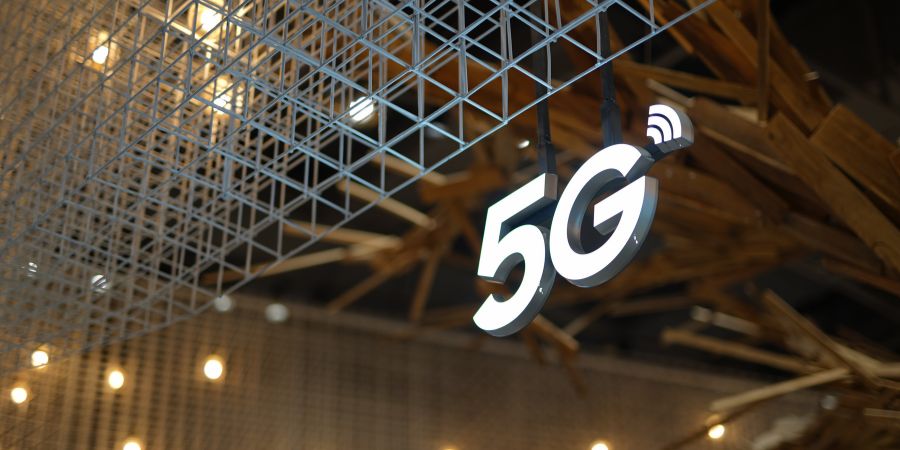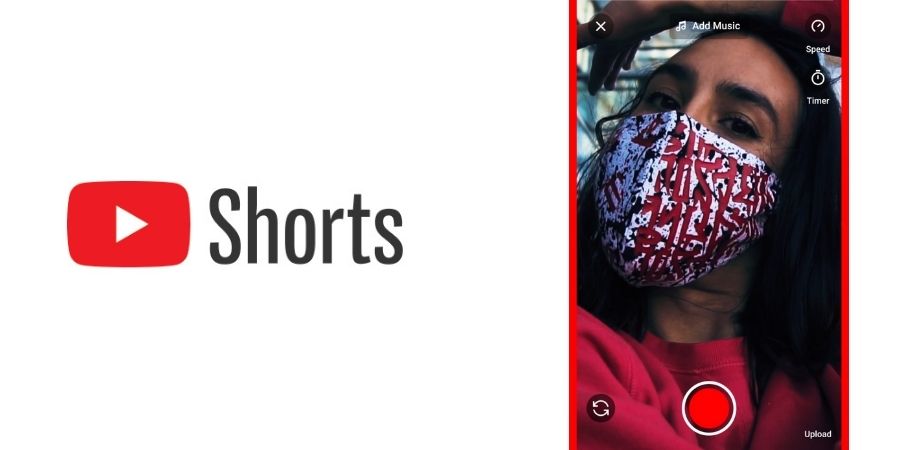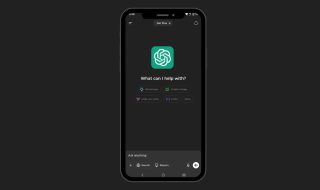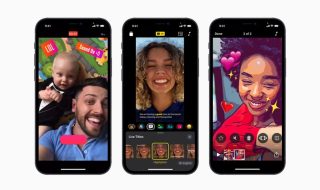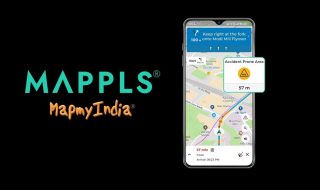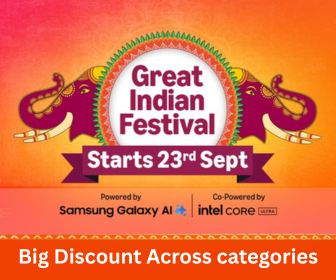Social platforms have become much more than just spaces for communication or socialisation. They have evolved into digital ecosystems that shape behaviour, influence emotions, and capture the attention of individuals from around the globe like never before. Social media platforms offer community, creativity, convenience, and socialisation, but what makes them irresistibly engaging is their design, psychology, and algorithms.
Every scroll, like, and notification is crafted in such a way that users keep coming back. Let us discuss the factors that make a social platform addictive and hard to resist.
Personalization
One of the top reasons why social platforms feel so addictive is personalisation. Social platforms have algorithms that quietly study user behaviour, including every tap, pause, and swipe. These algorithms learn your preferences and interests faster than you realise. The more time you spend, the better these systems understand what content keeps you hooked. Every individual on these platforms receives tailored content, which makes users feel that the app gets them.
This personalisation deepens user engagement and keeps them hooked, so they keep on scrolling for longer because the content feels familiar and relevant to them.
Social Validation and Dopamine Hit
Social validation is one of the most powerful motivators for humans, and this is exactly what social media thrives upon. Ever like, comment, and share triggers a release of dopamine that makes users feel good. What makes social platforms even more addictive is that you never know when you’ll receive a reaction or from whom.
This social validation system mimics the reward system, and over time, users subconsciously seek that dopamine hit and return to social platforms to see who interacted with their content.
Fear of Missing Out (FOMO)
Fear of missing out, or FOMO, is something that is so popular on social media. When users see their friends at events, communities discussing new topics, or influencers launching new trends, it creates a subtle pressure on them to stay updated and be a part of it. Nobody wants to feel left out, so they keep checking their feeds and notifications for something new.
Plus, features like Snapchat or Instagram Stories are designed to disappear after a set time, which further intensifies this feeling. This constant loop of anxiety and curiosity makes users return frequently to social platforms, even when they intend to take a break.
Instant Gratification and Accessibility
Social platforms offer instant gratification and accessibility, which further makes them addictive. Whether you are bored, lonely, or curious, you can access entertainment, validation, and distraction with just a few taps, right from your bedroom. For instance, if you are feeling bored and lonely, you can launch the Omegle app right from your bedroom and have a good time. This immediate payoff satisfies the brain’s desire for quick gratification.
In addition, the mobile apps of social platforms are available 24/7 on your mobile phone, which means that this instant gratification is accessible to you 24/7 in bed, at work, or wherever you go. These experiences reinforce the habit of checking social media constantly without any conscious effort, turning it into a reflex rather than a conscious choice.
Short-Form Content
On social media platforms, most content is in visual form, and visual content appeals to the human brain much faster than text ever could. On platforms like Instagram, Snapchat, and TikTok, you will find bite-sized content in the form of photos, memes, and videos that is easy to consume, easy to share, and hard to stop watching. In a world of shrinking attention spans, this bite-sized content reigns because users can enjoy this type of content without getting bored.
Plus, this type of content is super addictive and can make a big emotional impact in seconds. This constant visual stimulation keeps users looping through content and scrolling through their feeds endlessly.



